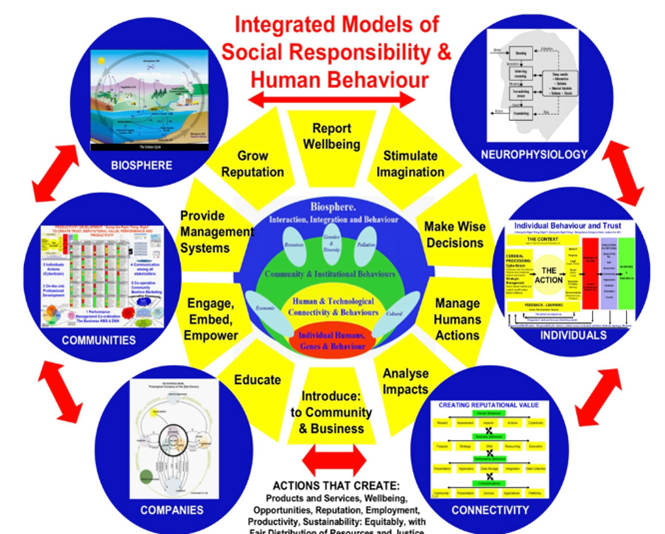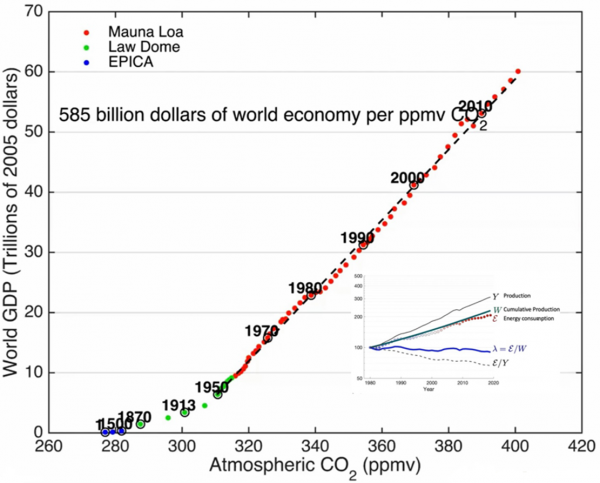Planetary improvement management - “a safer planet for all”

By Dr John Troughton FRSNZ
50 years ago, the DSIR, Lower Hutt, established the international planetary standard, Photosynthetically Active Radiation (primary standard for life), Systems Dynamic approaches to manage agriculture (source of human energy) and energy farming (for all other forms of energy). It also reviewed for the NZ Royal Society, “Limits to Growth”.
At that time international responsibility was embodied in a “COUNTRY”, globally 200ish. Then, as of now, there was no responsible entity for 60% of the oceans on the planet. It is not surprising therefore that the pH, temperature and O2 content of the ocean is now out of control.
In NZ a team collectively contributed to the “renewable energy” debate at that time, including debate on the economic importance of energy and if it was an appropriate “currency” for transactions. New Zealand had time to fix the energy challenge.

2000s The Responsibility Challenge to Planetary Damage
Subsequently the conflict between the public (energy blind) and the private sector (selective responsibility) has resulted in major gaps in planetary responsibility. These gaps or “externalities” are seriously damaging the planet and putting nature and humanity at risk.
25 years ago our books such as “Future Directions” for Company Directors and “Action Management for Your Company” with online management systems attempted to patch over the gaps. Even with application through Corporate Social Responsibility, SDGs, and Environmental Social and Governance there has been insufficient impact.
2020s The Royal Society Te Apārangi Planetary Challenge
It is now recognised that “Our Planet” is at risk with multiple crises. Science is required to fix it although not on its own. How can science do it?
“Our Planet” is the critical entity, and the lesson from the last 50 years is that society can’t pick and choose what actions it takes without considering the intended and unintended consequences to “Our Planet”. “Our Planet” includes the full range of disciplines that the Royal Society Te Apārangi and it’s Fellows have been engaged in since 1867, from geology, to ecology, to botany, to chemistry……it is about “Our Planet”.
Today, 2023, it is possible to redesign management systems for “Our Planet”. The design parameters needed include individual accountability, planetary accounting of both financials and non financials, inclusion of externalities and embodiments especially energy, management systems and connectivity to and between individuals. Science based planetary standards are the cornerstone.
Fellows would agree that Royal Society Te Apārangi has a VISION to lead New Zealand in ways to manage the planet for a safer future for people and the planet. It can also be stated that it combines the best of science, knowledge, aptitude, technology, and resources to create innovative solutions that meet the critical needs of our planet. But how?
Although it is fully committed, there is a need for it to consider a project to fulfil this mission. In the 1970s it was an “Energy Crisis” and “Limits to Growth”, today we can define goals and actions for a “project team” that would take action on
“PLANETARY IMPROVEMENT MANAGEMENT”
Our goal is to continue to be a leading provider of planetary management solutions and systems, delivering planetary standards, documents and cutting-edge software, comprehensive management systems with accounting, action plans and systems, and a commitment to continual Planetary improvement. We believe in considering both individual behaviour and societal systems when managing risks to people, heritage and nature and our solutions will address immediate and future risks from physical, chemical, biological, mechanical, and financial sources.
This suggested action plan sets out a clear path for achieving the goal of planetary improvement, with a focus on involving individuals and organisations, using data and insights from science, and encouraging collaboration and continuous improvement. An action plan could be, and would be successful if only the first item was achieved:
Royal Society Te Apārangi Action Plan for Planetary Improvement Management:
This is to open discussion on how the Society should formally present itself to society to show its engagement, from science to embedding science in society.
Today a global focus is on the planet. New Zealand science and scientists have a long history of exploring and establishing planetary standards, for example photosynthetically active radiation in 1965 and providing complex science based models and management systems.
It would be valuable to focus on this either from the Society or a subgroup perspective. It would be Planetary Improvement Management.
Statement
Planetary Improvement Management
Our vision is that Royal Society Te Apārangi leads New Zealand in ways to managing the planet for a safer future for people, nature and the planet.
Royal Society Te Apārangi combines the best of science, knowledge, aptitude, technology, and resources to create innovative solutions that meet the critical needs of our planet.
Our goal is to continue to be a leading provider of planetary management solutions and systems, delivering planetary standards, documents and cutting-edge software, comprehensive management systems with accounting, action plans and systems, and a commitment to continual Planetary improvement. We believe in considering both individual behaviour and societal systems when managing risks to people, heritage and nature and our solutions will address immediate and future risks from physical, chemical, biological, mechanical, and financial sources.
Our mission is to create a safer world for all, and Royal Society Te Apārangi is committed to making a positive impact on people and the planet.
Royal Society Te Apārangi Action Plan for Planetary Improvement Management:
- Develop planetary standards: Conduct research to identify the best practices and latest developments in planetary management and use this information to develop clear, widely-accepted standards for managing the planet.
- Create cutting-edge applications: Partner with software developers and organizations to design and build web-based applications that provides individuals and organisations with the tools they need to make a positive impact.
- Establish management systems: Develop management systems that combine financial and non-financial data, with a focus on accounting and continuous improvement. The system should be designed to provide a comprehensive view of the planet's health and allow for effective decision-making.
- Implement action plans: Work with individuals and organisations to create tailored action plans that are based on the planetary standards and supported by the management system.
- Monitor and evaluate progress: Regularly evaluate the progress of the plan and make adjustments as necessary. Use data and insights from science to inform decision-making and ensure that the plan remains on track.
- Address risks to people and nature: Work with relevant organisations and experts to understand and address the risks to society and nature from physical, chemical, biological, mechanical, and financial sources. Use this information to inform decision-making and take action to minimize these risks.
- Foster collaboration: Encourage collaboration between individuals, organisations, and experts to maximize the impact of the plan and ensure its success.
This action plan sets out a clear path for achieving the goal of planetary improvement, with a focus on involving individuals and organisations, using data and insights from science, and encouraging collaboration and continuous improvement.
